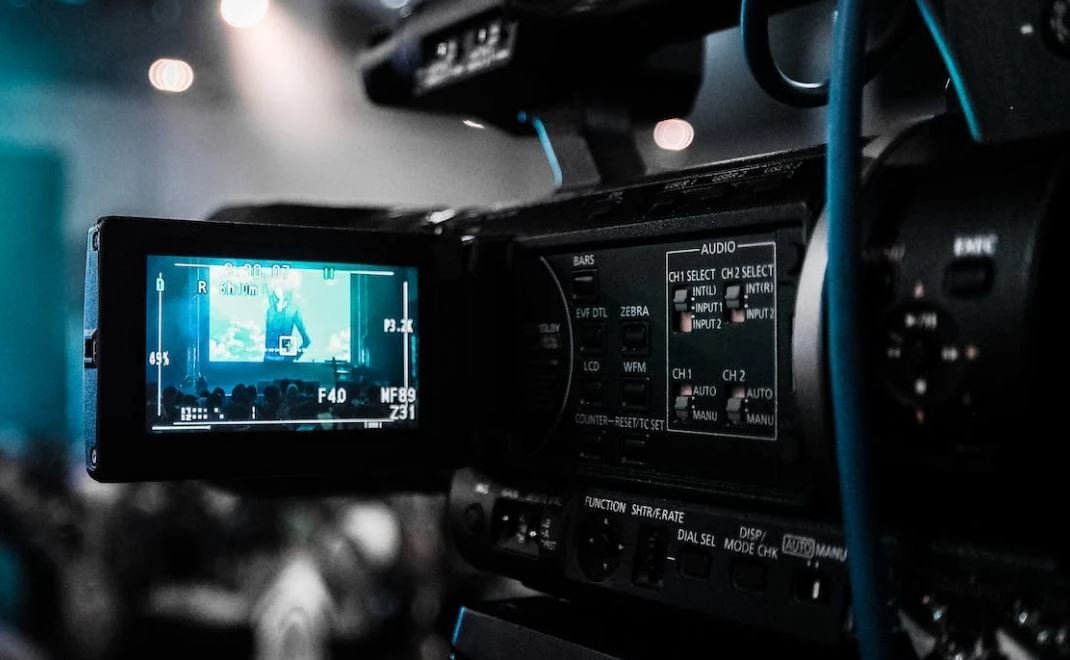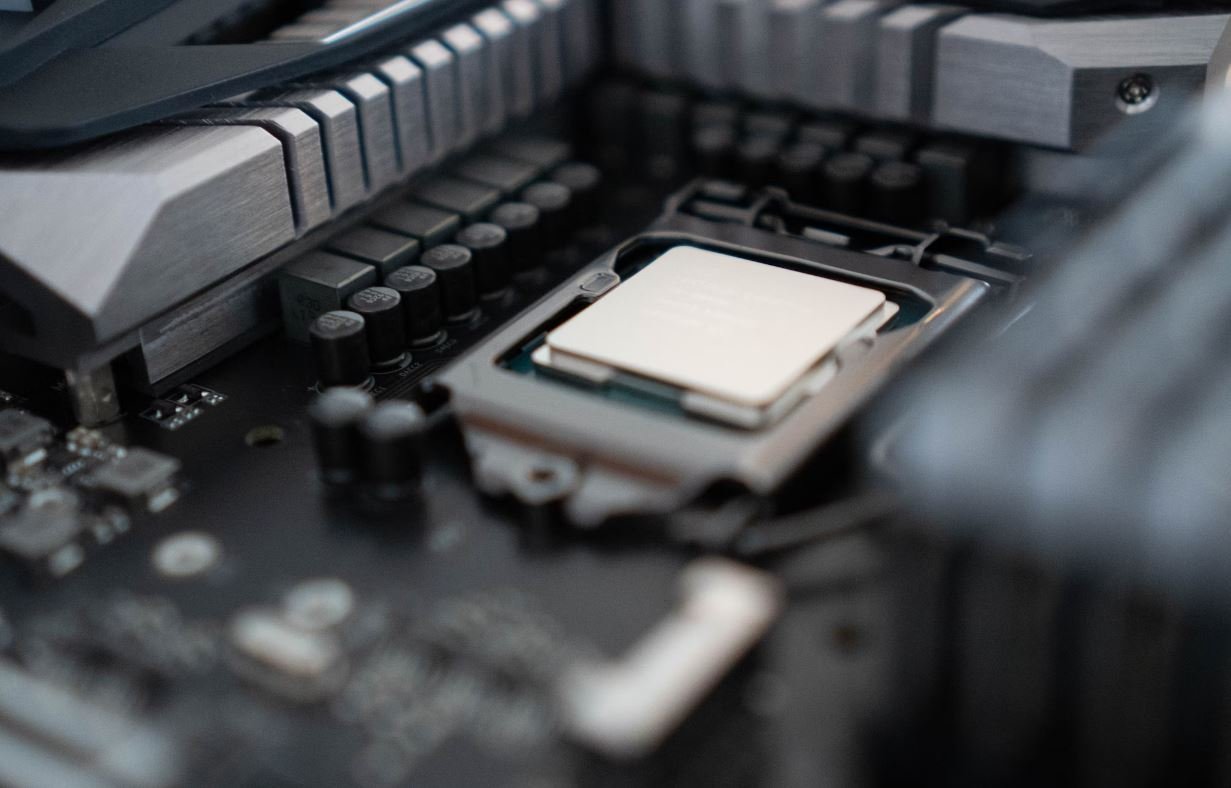What Is Video Chat
Video chat is a communication technology that allows individuals or groups to interact with each other in real-time using video and audio transmissions over the internet. It enables face-to-face conversations, regardless of geographical distance, providing a convenient alternative to in-person meetings.
Key Takeaways:
- Video chat allows real-time communication using video and audio over the internet.
- It provides face-to-face conversations regardless of geographic location.
- Video chat is a convenient alternative to in-person meetings.
**Video chat** has become increasingly popular and widely used in recent years. The advancement of technology and the widespread availability of high-speed internet connections have made it accessible to a larger audience. *Through video chat, individuals and businesses can connect, collaborate, and communicate seamlessly.*
Video chat applications, also known as video conferencing software or video calling platforms, provide a range of features to enhance communication experiences. These applications offer functions such as **audio and video transmissions**, **text chat**, **screen sharing**, and **recordings**. *Moreover, some platforms integrate with other collaboration tools like document sharing or virtual whiteboards to facilitate teamwork.*
There are various use cases for video chat. Individuals can use video chat to maintain relationships with friends and family who are physically distant. *It enables face-to-face communication even when separated by thousands of miles.* Businesses and organizations can utilize video chat for remote meetings, training sessions, interviews, and customer support, reducing the need for travel and optimizing time management.
| Benefits of Video Chat | Limitations of Video Chat |
|---|---|
|
|
While video chat offers numerous benefits, it also has some limitations. **Reliable internet connectivity** is crucial for a smooth video chat experience, and technical issues can occasionally disrupt communication. Additionally, the absence of **non-verbal cues** found in face-to-face conversations can sometimes lead to misinterpretation.
Video Chat Platforms
Several video chat platforms are available in the market, catering to various needs and preferences. Here are three popular options:
- Zoom: Zoom is a cloud-based video conferencing platform known for its simplicity and ease of use. It supports large meetings, webinars, and breakout rooms.
- Microsoft Teams: Microsoft Teams is an integrated communication and collaboration platform that includes video chat functionality. It is suited for businesses using other Microsoft products and services.
- Google Meet: Google Meet is a video conferencing solution designed for remote meetings. It integrates seamlessly with other Google Workspace applications.
| Key Features | Supported Platforms |
|---|---|
|
|
Each platform has its unique set of features and caters to different devices and operating systems. Depending on your needs, you can choose the platform that best suits you or your organization.
In conclusion, video chat is a transformative communication technology that facilitates real-time face-to-face interactions over the internet. Whether used for personal or professional purposes, video chat opens up new possibilities for collaboration, connection, and convenience.

Common Misconceptions
Video Chat is Only Used for Personal Communication
One common misconception surrounding video chat is that it is exclusively used for personal communication between friends and family. However, this is not the case as video chat has gained widespread popularity in various professional settings as well.
- Video chat is commonly used for business meetings and collaborations.
- Many educational institutions utilize video chat for online classes and remote learning opportunities.
- Video chat can also be utilized for telemedicine purposes, allowing patients to consult with doctors remotely.
Video Chat Quality is Always Poor
Another misconception is that video chat quality is always poor, with lag and blurry video being common issues. While this may occur in certain circumstances, video chat technology has advanced significantly, leading to improved experiences.
- High-speed internet connections can greatly enhance video chat quality.
- HD video chat options are available on various platforms, offering clearer and sharper visuals.
- Improvements in camera technology have contributed to higher-quality video chat experiences.
Video Chat Is Insecure and Not Private
A common concern about video chat is that it is insecure, leaving conversations vulnerable to hackers and eavesdroppers. However, most video chat platforms have implemented robust security measures to ensure privacy and protection.
- End-to-end encryption is now often employed in video chat applications, safeguarding conversations.
- Many video chat services allow users to set up password-protected meetings, restricting unauthorized access.
- Platforms frequently update their security protocols to address vulnerabilities and minimize risks.
Video Chat Replaces Face-to-Face Interaction
Some individuals believe that video chat can replace face-to-face interaction completely, making in-person meetings obsolete. While video chat offers convenience, it cannot fully replicate the experience of being physically present with someone.
- Non-verbal cues and physical interaction are limited in video chat, affecting the depth of communication.
- Certain situations require in-person interaction, such as job interviews or important business negotiations.
- Building and maintaining personal relationships often necessitates face-to-face interaction.
Video Chat Is Limited to Expensive Equipment
There is a misconception that video chat requires expensive equipment and infrastructure to function. While sophisticated setups do exist, many video chat services are easily accessible and can be utilized with basic devices.
- Most laptops, smartphones, and tablets have built-in cameras and microphones, enabling video chat capabilities.
- Many video chat platforms offer free versions that can be accessed through web browsers without the need for additional installations.
- Internet connection and a compatible device are often the primary requirements for initiating video chat sessions.

Benefits of Video Chat
Video chat has become a popular form of communication in the digital age. It allows individuals to connect face-to-face, regardless of geographical distance. The following tables highlight some of the key benefits of video chat:
Table: Improved Collaboration
Video chat enhances collaboration by enabling real-time communication between team members. It facilitates brainstorming, document sharing, and instant feedback, ultimately leading to increased productivity.
Table: Cost Savings
By replacing in-person meetings and travel with video chat, companies can significantly reduce expenses associated with transportation, accommodation, and meals. This table shows the potential cost savings:
Table: Enhanced Customer Service
Video chat provides a more personalized and interactive customer service experience. It allows businesses to address customer concerns in real-time, ultimately leading to higher customer satisfaction rates. The following table illustrates the impact of video chat on customer service:
Table: Remote Education
Video chat has revolutionized education by making remote learning more accessible. It allows students to interact with teachers and peers, participate in virtual classrooms, and access educational resources from anywhere. The following table highlights the benefits of video chat in remote education:
Table: Telehealth Applications
Video chat is increasingly being used in telehealth to provide medical services remotely. It enables doctors to diagnose, treat, and monitor patients virtually, making healthcare more convenient and accessible. This table highlights the various telehealth applications:
Table: Reduced Carbon Footprint
Video chat reduces the need for travel, thereby lowering carbon emissions and contributing to environmental conservation. This table demonstrates the positive environmental impact of video chat:
Table: Job Interviews
Video chat has transformed the recruitment process, allowing employers to conduct remote job interviews. It offers greater flexibility for both candidates and hiring managers and minimizes the need for expensive and time-consuming in-person interviews. The following table exemplifies the advantages of video chat in job interviews:
Table: International Communication
Video chat has bridged the gap between people from different countries and cultures, facilitating global communication. It enables individuals to connect with loved ones, friends, and business partners across the world without the constraints of distance. This table showcases the impact of video chat on international communication:
Table: Virtual Events
Video chat has made it possible to attend conferences, trade shows, and social events virtually. It eliminates the need for physical presence and allows individuals to connect, network, and share knowledge from the comfort of their own homes. The following table demonstrates the benefits of video chat in virtual events:
Table: Mental Health Support
Video chat has become a valuable tool in providing mental health support, especially during challenging times. It enables therapists and counselors to offer virtual sessions, ensuring that individuals can receive professional help conveniently and confidentially. This table highlights the advantages of video chat in mental health support:
In conclusion, video chat has revolutionized communication and brought people closer together, irrespective of geographical distance. It has numerous benefits, including improved collaboration, cost savings, enhanced customer service, and advancements in various fields like education and healthcare. Furthermore, it contributes to environmental preservation, simplifies job interviews, fosters international communication, enables virtual participation in events, and offers convenient mental health support. As technology continues to evolve, video chat is likely to become an even more integral part of our lives.
What Is Video Chat
Frequently Asked Questions
How does video chat work?
Video chat is a communication technology that allows two or more people to see and hear each other in real-time using video and audio transmission over the internet. It relies on specialized software and hardware that encode and decode the audio and video feeds and transmit them between participants.
What do I need to start video chatting?
To start video chatting, you typically need a device with a webcam (such as a computer, smartphone, or tablet) and an internet connection. Some video chat platforms require you to install specific applications or plugins, while others can be accessed directly through a web browser.
Are video calls safe?
Video calls can be safe as long as you take necessary precautions. Using reputable and secure video chat services, keeping your software and devices up-to-date, and using strong passwords can help protect your privacy and security during video calls.
Can I use video chat on mobile devices?
Yes, many video chat services offer mobile apps that allow you to make video calls using your smartphone or tablet. These apps are available for both iOS and Android devices and provide similar functionalities to their desktop counterparts.
What are the advantages of video chat?
Video chat offers several advantages over traditional forms of communication. It allows for face-to-face interaction regardless of geographical location, making it easier to connect with friends, family, or colleagues who are far away. It also enables visual cues and body language, enhancing the quality of communication.
Are there any costs associated with video chat?
While many video chat services offer free options, some platforms may require a paid subscription for advanced features or additional participants. Additionally, you may incur data usage charges from your internet service provider if you have limited data plans.
What are some popular video chat platforms?
There are several popular video chat platforms available, including but not limited to Zoom, Skype, Microsoft Teams, Google Meet, FaceTime (for Apple devices), and WhatsApp. Each platform has its own features and user interface, so you can choose the one that best suits your needs.
Can I save or record video chats?
The ability to save or record video chats depends on the specific platform you are using. Some video chat services offer built-in recording capabilities, allowing you to save your video calls for future reference. However, it is important to respect the privacy and consent of all participants before recording any video chat sessions.
Can I screen share during a video chat?
Yes, many video chat platforms provide screen sharing functionality, which allows you to share your screen with other participants. This can be useful for presentations, collaboration, or troubleshooting technical issues.
Are there alternatives to video chat?
Yes, if video chat is not an option or not desirable, there are alternative communication methods such as voice calls, instant messaging, emails, and social media platforms. Each method has its own advantages and limitations, so choose the one that best fits your communication needs.




